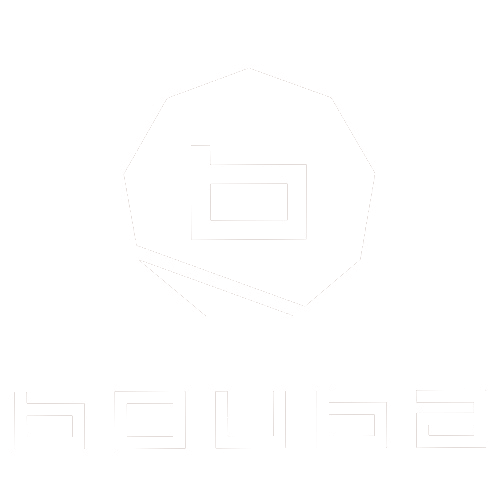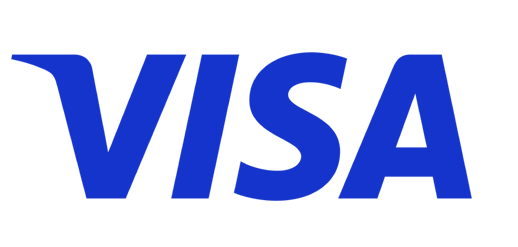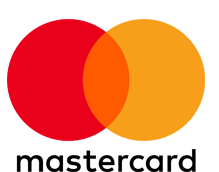Perfect brows aren't built—they're revealed. Every hair has a purpose, and every gap tells a story.
At Bouba World, we teach artists and clients alike that natural growth direction is not an obstacle—it's a guide. Gaps, swirls, or slants in hair flow aren't flaws to “correct,” but features to work with.
“Brows are fingerprints—they are individual, directional, and deeply human.”
Trying to overwrite natural direction leads to fake, stiff, or overdrawn results. Respecting the unique growth path ensures brows that move, breathe, and belong to the face.






